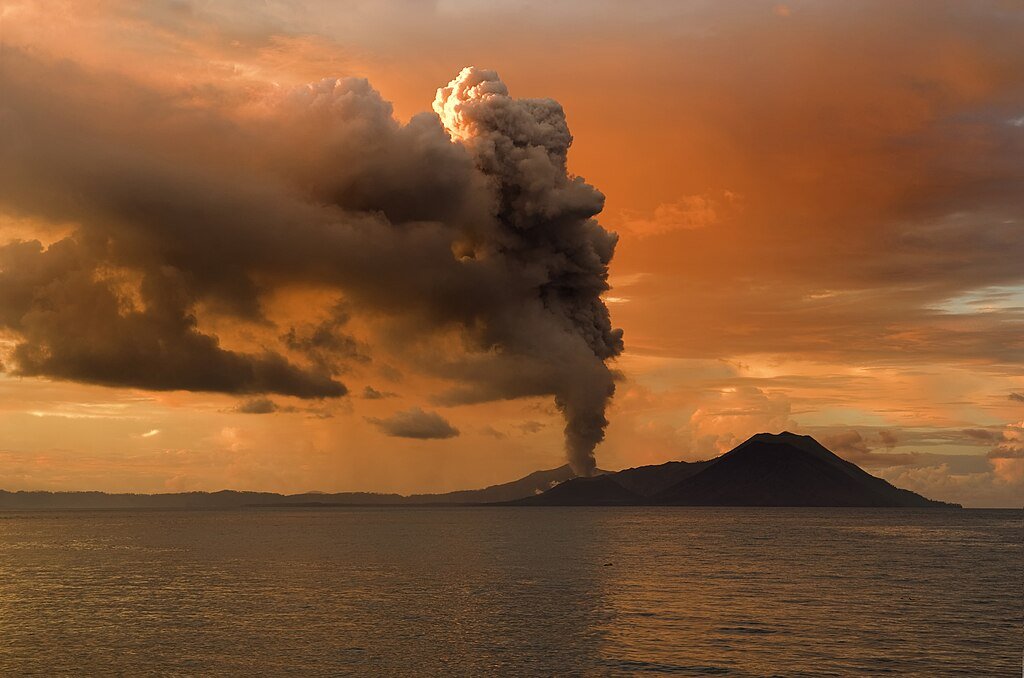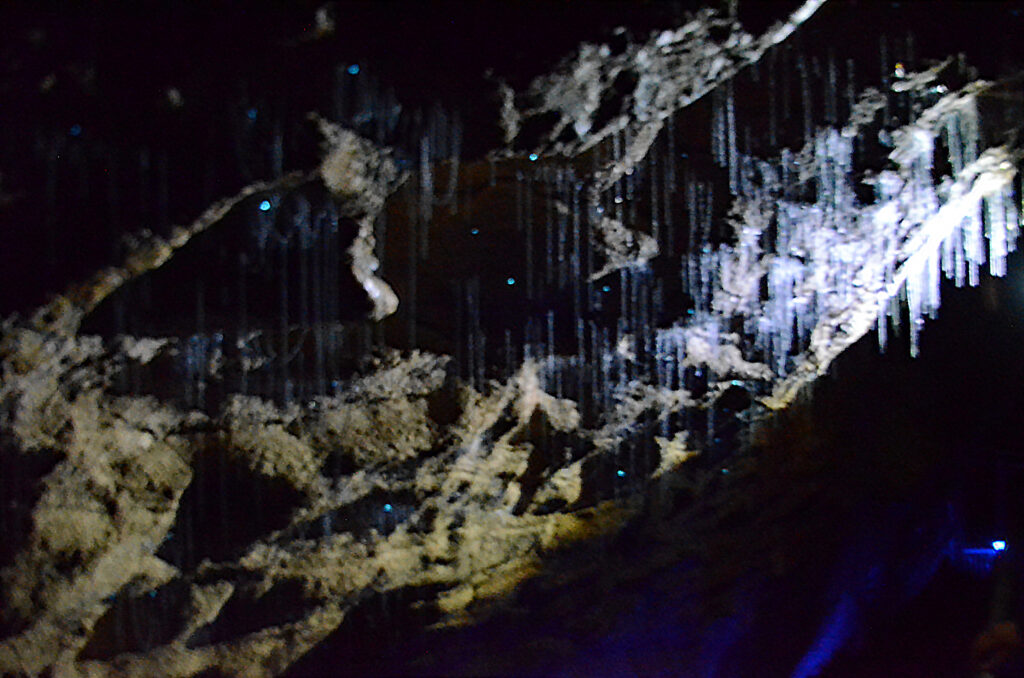New research reveals that rapid, sulfur-heavy volcanic eruptions plunged Earth into deadly cold snaps, wiping out competitors and giving insulated dinosaurs an unexpected edge.
For decades, scientists believed that rising carbon dioxide levels from ancient supervolcanoes slowly cooked the planet, triggering the end-Triassic extinction 201 million years ago. But a groundbreaking study published in Proceedings of the National Academy of Sciences flips that narrative on its head. Instead of a long, suffocating heatwave, the catastrophe may have been driven by brutal volcanic winters sudden, extreme cooling events that decimated ecosystems within decades.
The results indicate that early dinosaurs, some of which were already feathered or insulated, weathered these frozen death spirals while their cold-blooded competitors died off. This turn of events could account for why dinosaurs, previously small players in Earth’s ecosystems, suddenly became global rulers.
The Smoking Gun: Ancient Lava Flows Record a Cataclysmic Timeline
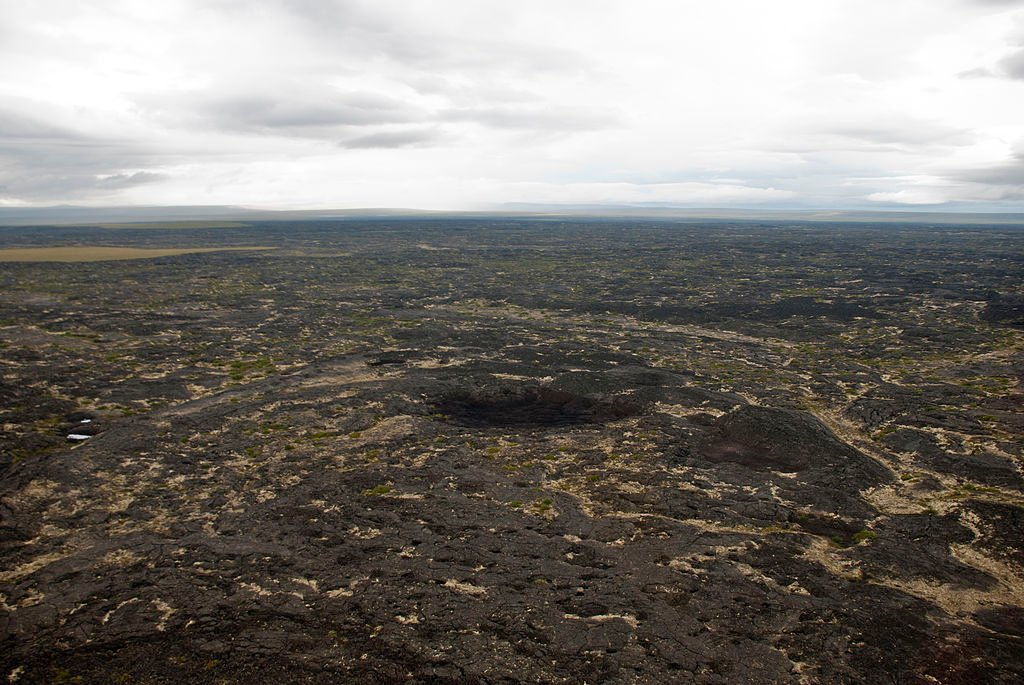
To solve this 200-million-year-old mystery, researchers turned to an unlikely witness: Earth’s magnetic field. By analyzing volcanic rocks from the Central Atlantic Magmatic Province (CAMP) , a vast expanse of lava flows spanning modern-day North America, Europe, and Africa they reconstructed the eruption timeline with unprecedented precision.
Key findings:
- Eruptions came in violent pulses, each lasting less than a century far shorter than once assumed.
- Five major eruptive bursts occurred within 40,000 years, a geological blink of an eye.
- Sulfur dioxide levels dwarfed historic eruptions up to 3,000 times more than Iceland’s 1783 Laki eruption, which caused famines across Europe.
“This wasn’t a slow burn it was a series of volcanic sucker punches,” says lead researcher Dr. Sarah Greene. “Each pulse could have plunged the planet into winter within years.”
Sulfur, Not CO₂, Delivered the Killing Blow
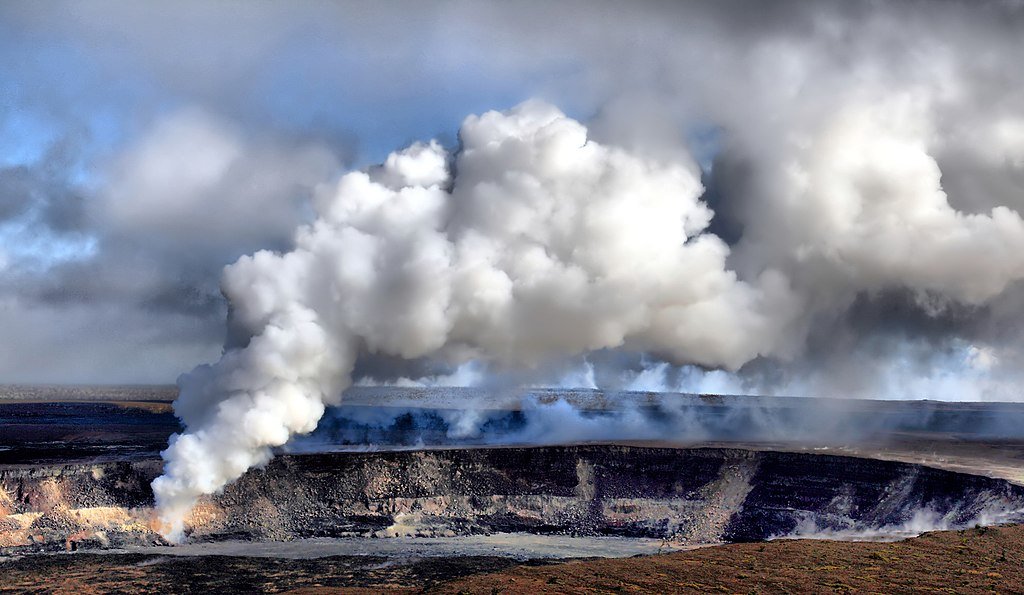
Previous theories blamed carbon dioxide for the extinction, arguing that gradual warming made Earth uninhabitable. But the new data suggests sulfur dioxide-induced cooling was the real assassin.
- A single CAMP pulse may have released 63,000 megatons of sulfur dioxide compared to 20 megatons from 1991’s Mount Pinatubo, which cooled the planet by 0.5°C.
- Sulfate aerosols blocked sunlight, triggering freezing temperatures, acid rain, and collapsed food chains.
- Carbon dioxide alone couldn’t explain the speed of extinction. CAMP’s total CO₂ output was 10 times lower than needed for the observed climate shifts.
“Imagine a decade-long nuclear winter, but caused by volcanoes,” says paleoclimatologist Dr. James Muir. “Species that couldn’t adapt to the cold didn’t stand a chance.”
Why Dinosaurs Outlasted the Freeze
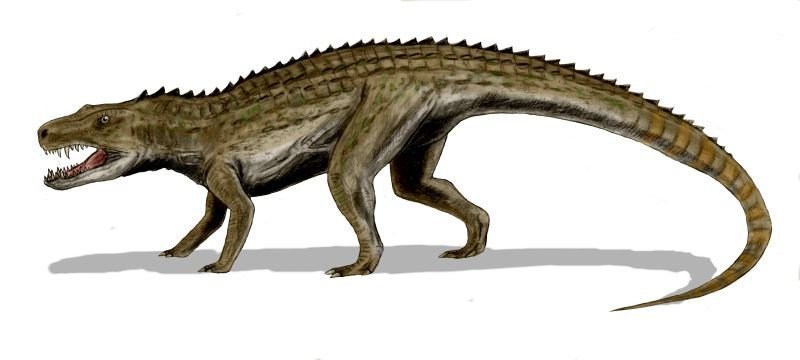
While giant reptiles like postosuchus (apex predators before T. rex) vanished, early dinosaurs survived and thrived. The secret? Insulation.
- Feathers or proto-feathers may have helped small dinosaurs retain body heat.
- Higher metabolic rates (possibly warm-blooded traits) let them endure temperature swings.
- Cold-blooded reptiles, dominant in tropical zones, faced metabolic shutdown as temperatures plummeted.
“This wasn’t survival of the fittest it was survival of the warmest,” quips Dr. Greene.
The Irony: The Volcanoes That Built the Atlantic Ocean Also Reshaped Life
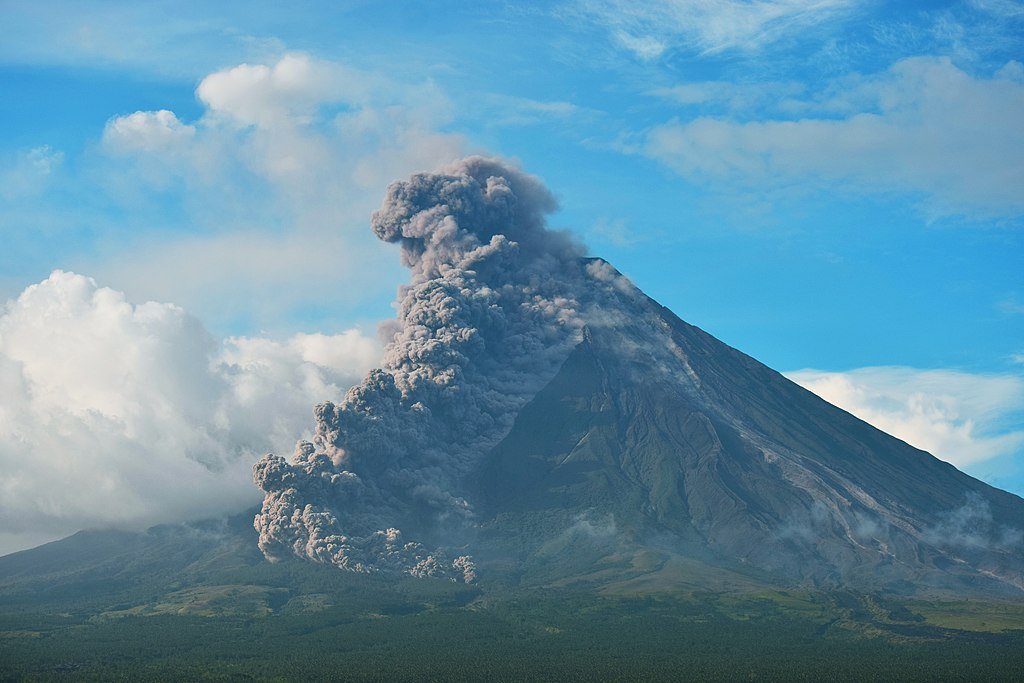
The CAMP eruptions didn’t just trigger extinctions they tore Pangea apart, creating the Atlantic Ocean. The same forces that nearly ended life on Earth also cleared the way for dinosaurs’ 150-million-year reign.
Could This Happen Again?
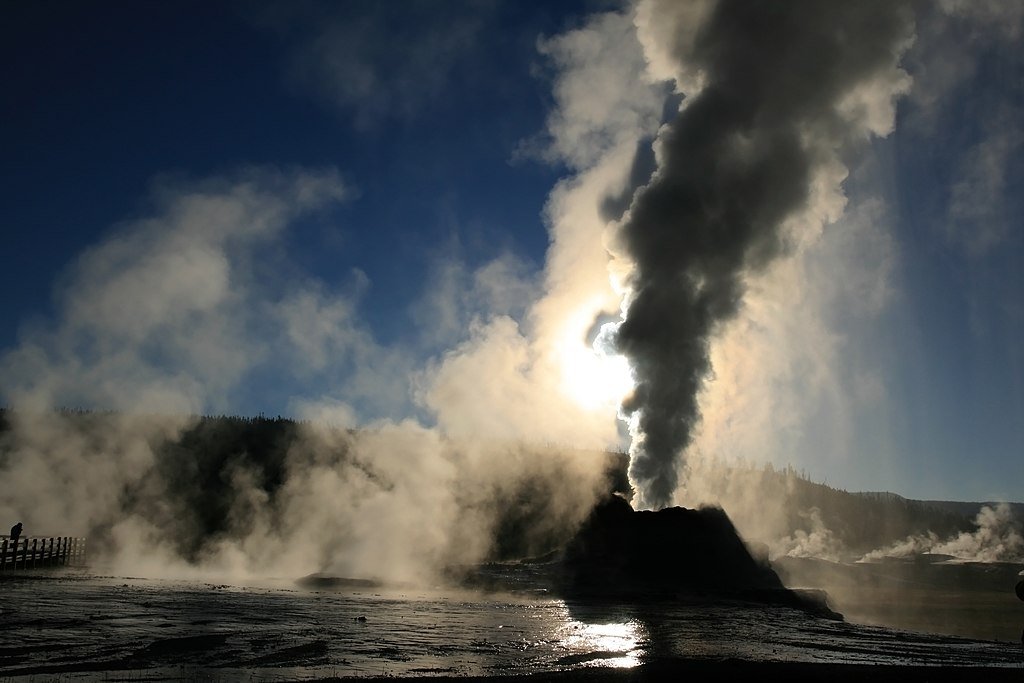
While modern volcanoes don’t compare to CAMP, the study raises eerie parallels:
- A single large eruption today (e.g., Yellowstone) could disrupt global agriculture for years.
- Human-caused climate change may worsen volcanic winter effects.
“We’re lucky dinosaurs didn’t have space programs,” jokes Dr. Muir. “But their story reminds us how fragile ecosystems really are.”
What’s Next? Rewriting the Dinosaur Origin Story
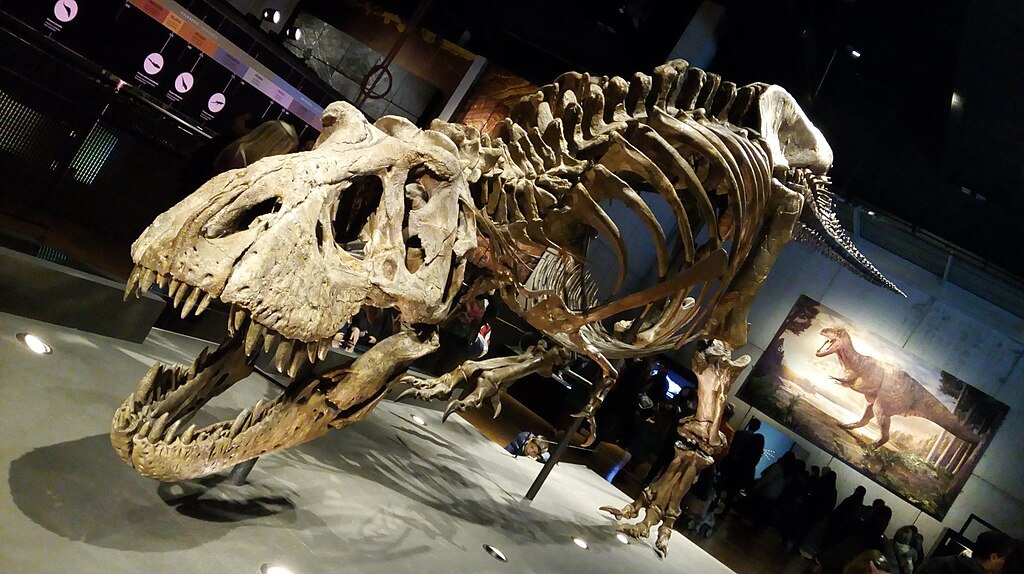
This research challenges long-held assumptions about the end-Triassic extinction. Future studies will:
- Search for more evidence of volcanic winters in ancient sediments.
- Examine dinosaur fossils for cold-adaptation clues.
One thing is clear: Dinosaurs didn’t win by brute force they won by enduring what their rivals could not.
Final Thought: A Chilling Twist in Evolutionary History
The rise of the dinosaurs was not a story of asteroid impacts or gradual climate shift. It was a story of fire and ice, a series of volcanic winters so severe they reinvented life itself. And in those ancient lava flows is a lesson: Sometimes it’s not the heat that’s going to kill you. It’s cold.
Sources :

Jan loves Wildlife and Animals and is one of the founders of Animals Around The Globe. He holds an MSc in Finance & Economics and is a passionate PADI Open Water Diver. His favorite animals are Mountain Gorillas, Tigers, and Great White Sharks. He lived in South Africa, Germany, the USA, Ireland, Italy, China, and Australia. Before AATG, Jan worked for Google, Axel Springer, BMW and others.

